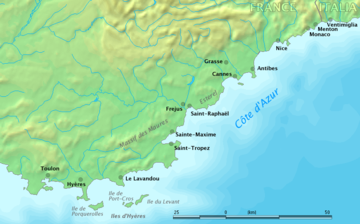Monthly News:
September, 2015 - The death toll of Mexican tourists killed in a tragic case of mistaken identity in Egypt has climbed to eight, officials from both countries said Tuesday.
The tourists were on a safari with an Egyptian tour group and had stopped for some rest and a meal in Egypt's Western Desert on Saturday when something went horribly wrong. Egyptian officials say security forces mistook the tourists for terrorists and fired on the group. Four Egyptians in the group were also killed.
Six Mexicans remained hospitalized in Cairo in stable condition, Mexico's foreign ministry said. Foreign Minister Claudia Ruiz Massieu was en route to Cairo on Tuesday along with the victims' family members, the statement said.
Mexico's government has condemned the incident, calling for an exhaustive investigation of what happened. The Mexican foreign ministry's statement Tuesday said Ruiz Massieu "regrets the loss of life in an unwarranted aggression."
Egypt's foreign ministry posted a message on its Facebook page that officials said would be published in major Mexican newspapers Wednesday, expressing condolences.
"I am writing this open letter to the Mexican people to express my deepest sympathy and condolences for the loss of innocent Mexican lives and the injury of other tourists on Egyptian soil," the letter from Egyptian Foreign Minister Sameh Shoukry says.
Shoukry said authorities are in the midst of an "impartial inquiry" led by Egypt's prime minister.
"The chain of events is still confusing and unclear. There have been reports, many of them conflicting, regarding whether the tourist convoy had the necessary permits, whether it had taken a detour to a restricted area and whether the use of four-wheel drive (vehicles) instead of a tourist bus had increased the risk of mistaken identification," the foreign minister said.
"The emerging facts indicate that an operation was taking place against terrorists in that area at the time the convoy passed. We still do not know if the convoy was simply in the wrong place at the wrong time, or if some error was involved."
"The emerging facts indicate that an operation was taking place against terrorists in that area at the time the convoy passed. We still do not know if the convoy was simply in the wrong place at the wrong time, or if some error was involved."
The head of the tour guides union has disputed government accusations that the group did not have proper permits and was in cars not authorized for tours.
One of the tourists was diabetic and couldn't wait until the group reached its destination to eat, the union's Hassan El-Nahla said, so the group took a 2-kilometer (1.2-mile) detour off a paved road.
"There were no warning signs and no instructions from the checkpoints on the road or the tourism policeman accompanying them," El-Nahla's statement on Facebook said. "I strongly condemn the lack of coordination between the ministry of tourism, in not following up with the events, and the police."
Egypt's Western Desert draws tourists with spectacular landscapes such as the Great Sand Sea, which Egypt's tourism board advertises as "the world's third largest dune field." All-terrain vehicles carry sightseers up and over dunes and past rock formations whittled by eons of wind-blown sand.
Tourists stop over at oases to enjoy rich desert culture and cuisine. But the area, which is next to Libya, has also become attractive to insurgents since the fall of Libyan leader Moammar Gadhafi in 2011.










